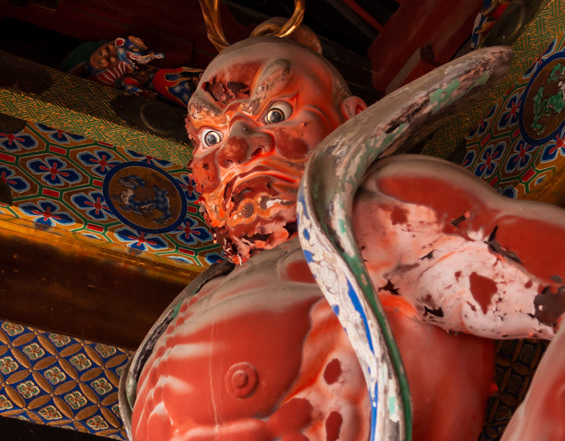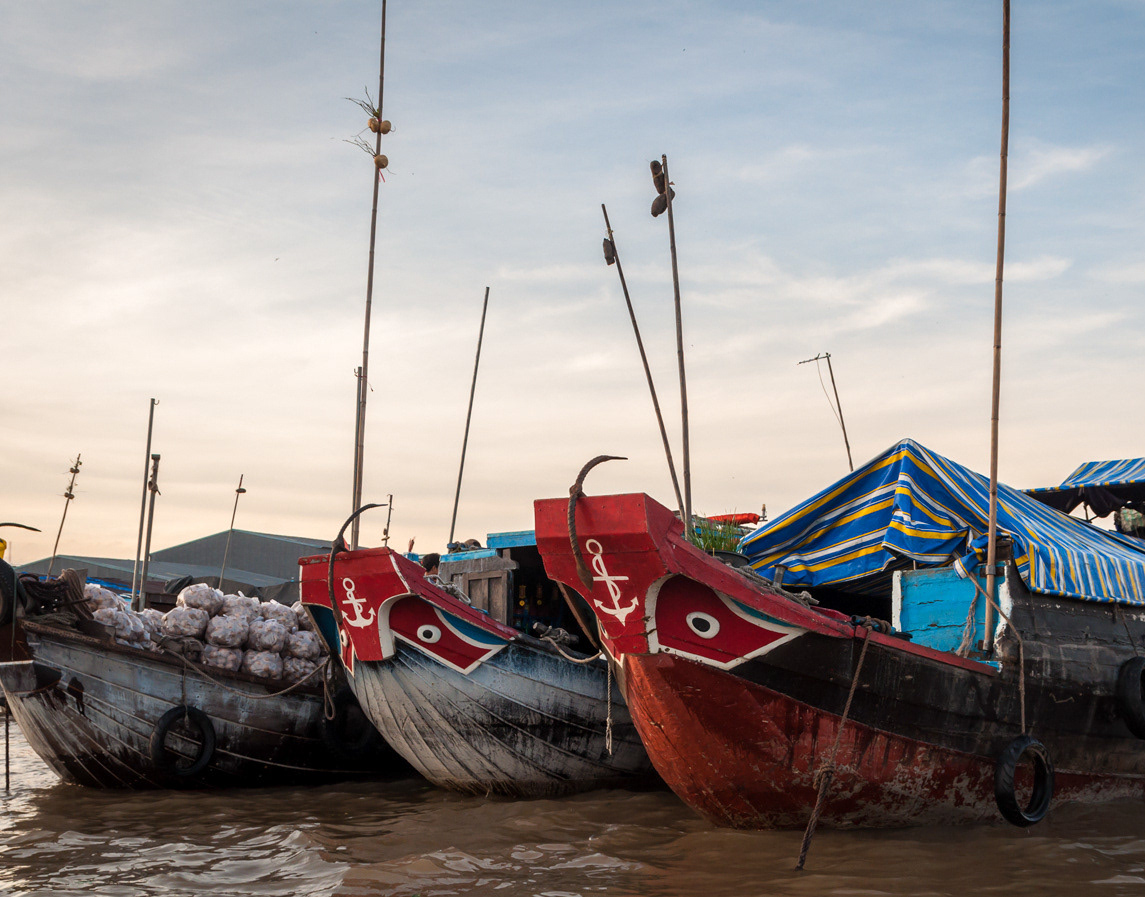“The new rulers of Cambodia call 1975 ‘Year Zero’, the dawn of an age in which there will be no families, no sentiment, no expressions of love or grief, no medicines, no hospitals, no schools, no books, no learning, no holidays, no music, no song, no post, no money – only work and death.” – John Pilger
Phnom Penh fell to the Khmer Rouge on 17 April 1975, the final act of a long and bloody civil war in Cambodia. The Khmer Rouge were communist insurgents led by Pol Pot, a French-educated middle class Cambodian heavily influenced by Marxist and Maoist ideology.
On the same day the civil war ended, Year Zero began. The Khmer Rouge forcibly depopulated Phnom Penh, killing those too ill or weak to move. Everyone was relocated to rural labour camps to work the land. Year Zero was envisaged as a new dawn for the country, one that would transform it into a perfect socialist society, a rural agrarian utopia. The social fabric and infrastructure of Cambodia was dismantled. Families were separated. Schools, factories and hospitals closed. Money was abolished. Religion and cultural traditions were abandoned.
The ghost town of Phnom Penh was not entirely empty however. Vacant buildings were repurposed as secret detention centres. One such building was Tuol Svay Pray High School. The regime renamed it Security Prison 21 (S-21).
Tuol Sleng, Security Prison 21 (S-21)
A former classroom converted into an interrogation and torture chamber


Pol Pot sought a racially pure and pre-industrial Cambodian society. Anyone who did not conform to this ideal ended up in places like S-21, or Tuol Sleng as it came to be known.
Intellectuals, ethnic minorities, Buddhist monks and anyone thought to be a threat were imprisoned, tortured and executed. Even something as innocuous as wearing glasses or knowing a foreign language, therefore appearing intellectual, could mark you as different and see you condemned. Whole families were often arrested and imprisoned.
Prisoners were stripped, measured and photographed on arrival and had to give detailed accounts of their life from childhood up until they were arrested. The Khmer Rouge seemed to have a perverse need to record everything. Interrogations were meticulously documented; prisoners often being photographed during and after torture.
Tuol Sleng was just one of many prisons located throughout the country. It is estimated that there were between 150 to 200 of these facilities. In truth they were not prisons, they were extermination camps, processing centres that recorded cruel and pointless death.


“[we] killed 160 children today” – Extract from a guard's execution log entry
Life inside S-21 was endlessly barbarous and bleak. Classrooms had been crudely divided into cramped cells, windows were barred and shuttered, balconies covered in barbed wire. Some classrooms contained only a metal bedframe, to which prisoners were shackled and brutalised.
Inmates were barely fed, receiving just a few ladles of watery rice a day. Rudimentary medical treatment was provided purely to keep someone alive for further interrogation. Methods of interrogation included electrocution, suffocation, beatings with barbed wire clubs, waterboarding and the extraction of fingernails. Questioning and torture continued relentlessly, day after day, until a confession was obtained that satisfied the prison's political unit.
People were broken down until they would confess to anything – being a CIA agent, working for foreign powers, plotting against the regime. They would often implicate friends and family in an effort to make the pain stop. Ultimately, a confession served only as a final justification to kill someone.
Primitive cells in what were once classrooms
Mother and child in a cell
Barbed wire balconies to prevent escape and suicides
The dead were initially buried near the prison, but as the death toll rose another site was needed. An orchard near Choeung Ek village, 11 miles outside Phnom Penh, was chosen. Choeung Ek was just one of many rural locations that collectively became known as the Killing Fields once the genocidal horror became known to the world.
Prisoners would be bound, blindfolded and trucked out en-masse to Choeung Ek for execution. The executioners were forewarned and told how big a grave to dig in preparation for their arrival. Speakers were attached to trees so that revolutionary music could be played to drown out the screams of those being murdered. Clubs, machetes, iron bars and other improvised weapons were used to beat and stab people to death. Bullets were too expensive and scarce to waste.
Choeung Ek Buddhist Memorial Stupa entrance



The true number of men, women and children murdered at Choeung Ek is unknown. It's thought that somewhere between 13,000 - 20,000 people died there. The memorial stupa alone holds around 5,000 skulls. The mass graves still contain human remains, with past monsoon rains having exposed skull and bone fragments in some areas.
Almost all who entered Tuol Sleng were never seen again. Most met their fate in the killing fields. Those who survived usually did so because they had useful skills, like being able to fix typewriters (required to record confessions). The long-accepted view is that there were less than 20 survivors, though recent research suggests the figure may be nearer 200.
Victims remains left in situ


Victims of Choeung Ek and Pol Pot, the genocidal architect of Year Zero
S-21 and Choeung Ek were a microcosm of what happened nationwide. The whole of Cambodia had been transformed into a nightmarish machine that was devouring its own populace. By the time the Khmer Rouge had been overthrown by a Vietnamese invasion in January 1979 it is thought that as many as 2 million people had died through genocide, disease and starvation. This was around a quarter to a third of the population.
The reign of the Khmer Rouge lasted less than 4 years, but its impact and legacy are still a slowly healing scar over 40 years later. Tuol Sleng and Choeung Ek are visible reminders of the ferocity and madness that overtook the country, causing so much death and devastation.
Tuol Sleng


Crow's Feet Pond behind the killing fields of Choeung Ek
“...a society cannot know itself if it does not have an accurate memory of its own history.” - Youk Chhang (genocide survivor and executive director of the Documentation Center of Cambodia)









